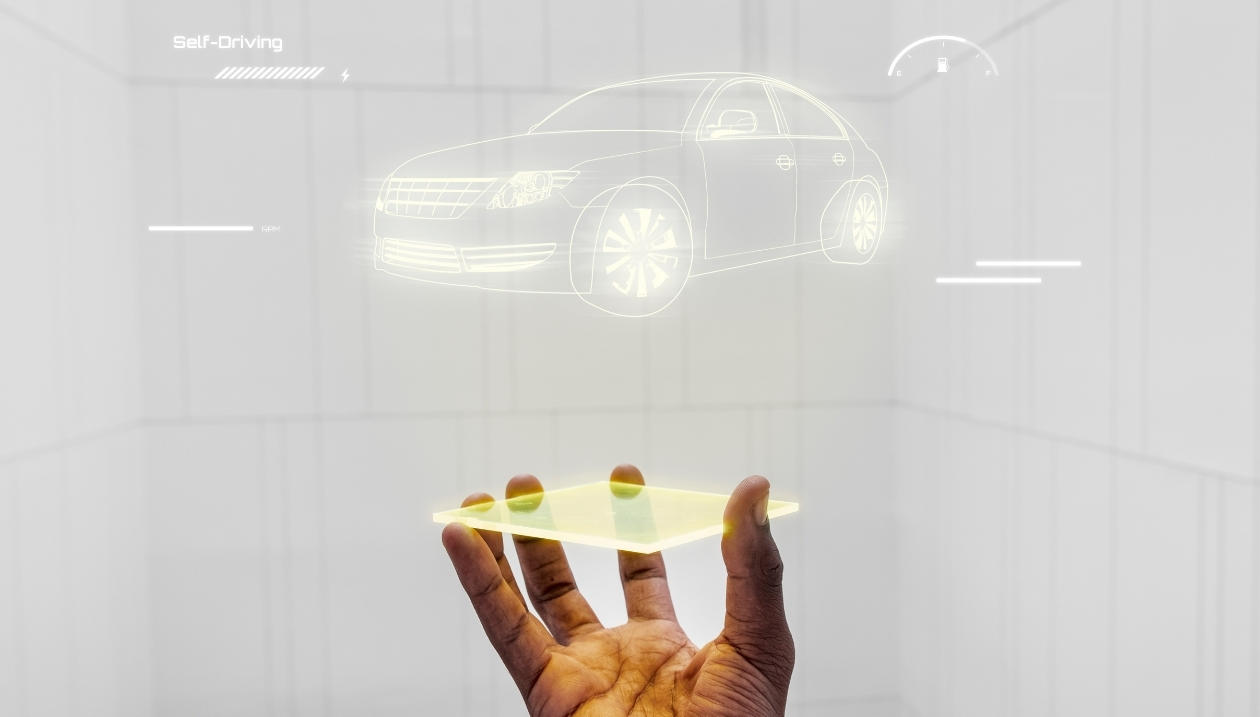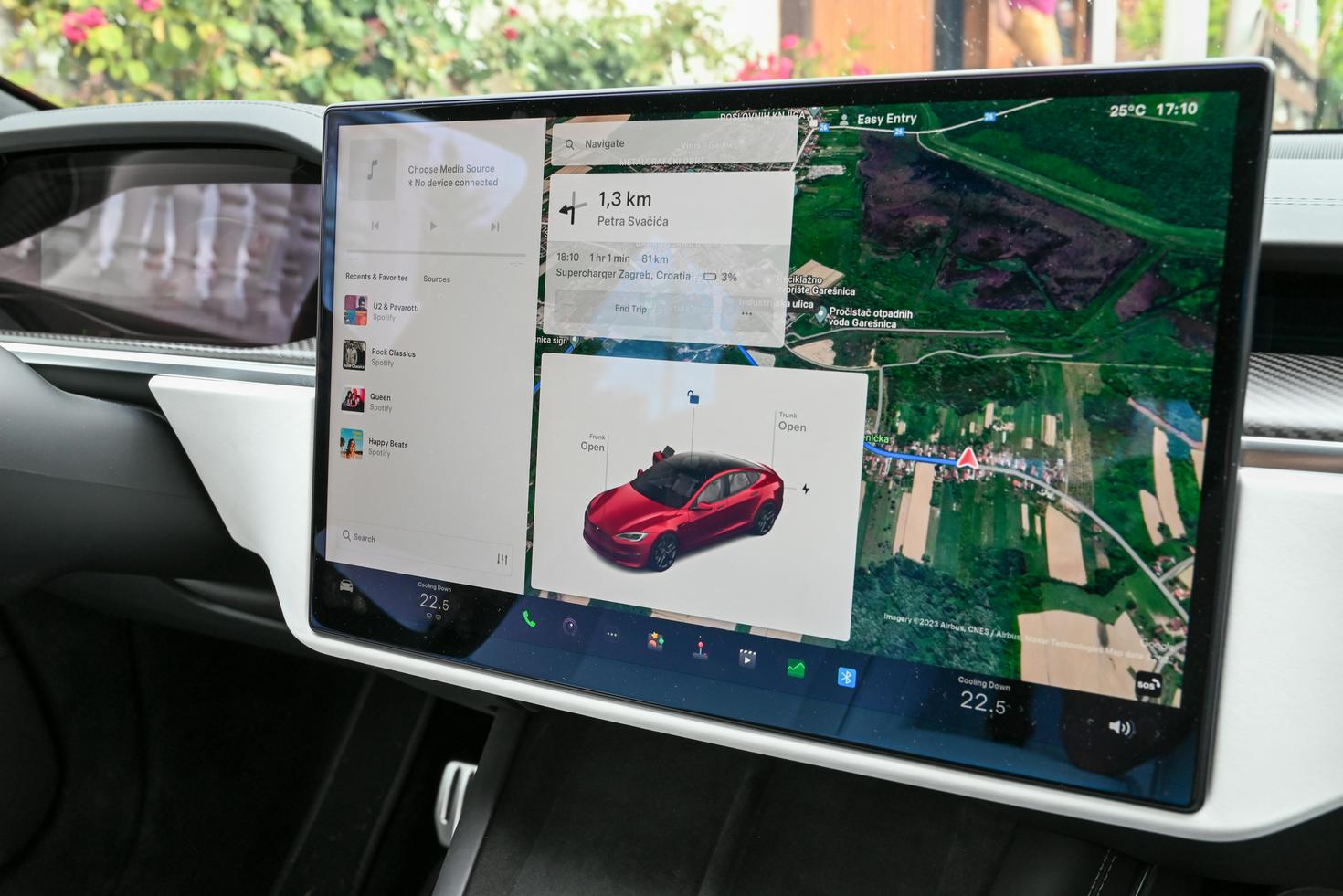The University of Ottawa’s Faculty of Engineering and a group of researchers at General Motors (GM) are working together to tackle one of the most pressing challenges in the automotive industry: ensuring the safety and reliability of increasingly complex, AI-enabled vehicle systems. Through a dynamic collaborative research effort, uOttawa students and researchers are working alongside GM experts to develop rigorous, automated approaches to testing and verification, laying the groundwork for safer, smarter mobility solutions.
As vehicles become increasingly complex and AI-driven, ensuring their safety and reliability demands new methodologies and tools. GM’s Research and Development team, recognizing the need for innovation beyond traditional industry practices, turned to uOttawa’s Faculty of Engineering to explore solutions that address these emerging challenges.
“The reason we came to the university is that these are new technologies—there are no well-defined methodologies that already exist in the industry,” explains Ramesh S, a GM researcher leading the initiative. “We need to explore, define requirements, and develop tools. That kind of exploration is best done in an academic environment.”
The collaboration between uOttawa’s Nanda laboratory (headed by Lionel Briand) and the GM research group spans multiple projects, both past and present, with a shared focus on testing and verification of automotive, AI-enabled software systems. These systems increasingly incorporate AI components, requiring new approaches to validation that are both rigorous and scalable.

“We need to explore, define requirements, and develop tools. That kind of exploration is best done in an academic environment.”
Ramesh S.
— GM researcher
One of the key goals is to design automation solutions to assist employees with routine, but critical, validation processes to enhance quality by reducing human error, improving consistency, and streamlining development. “Automotive safety engineering practices require rigorous verification and validation,” says Ramesh. “By designing automation to enhance these processes, we aim to reduce errors and bring uniformity to the development lifecycle.” At the heart of this collaboration is the exceptional contribution of uOttawa’s postdoctoral fellows and students. GM researchers have consistently praised their professionalism, dedication, and ability to deliver high-quality work that meets industry standards.
“Lionel and his students are exemplary,” Ramesh shares. “From the start of the project, they identified the scope, set clear goals, and made professional presentations. They were sincere and committed, and many of their deliverables were converted into reputable journal and conference publications.”
Students have also taken initiative in maintaining strong communication practices such as sending meeting minutes, following up on action items, and adhering to project timelines. “This level of professionalism proves that these students are prepared for the challenges that await them as they step into careers after college,” Ramesh adds. “Their keenness to develop solutions that have real industrial impact is evident.”
This collaborative effort exemplifies how academia and industry can work together to drive innovation. By combining GM’s practical expertise with uOttawa’s research capabilities, the collaboration is not only advancing automotive safety but also preparing the next generation of engineers to tackle real-world challenges.
As generative AI continues to evolve, so will the methodologies needed to ensure its safe and effective integration into automotive systems. Through this ongoing collaboration, GM researchers and uOttawa are laying the foundation for a safer, smarter future in mobility.


